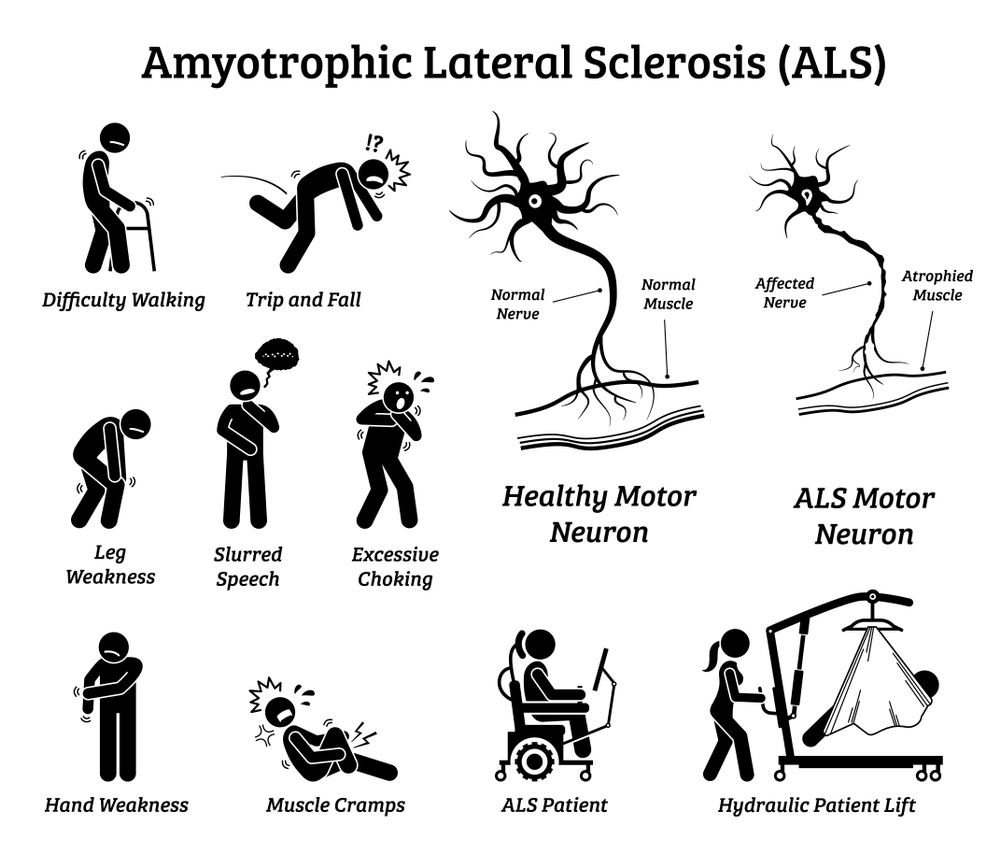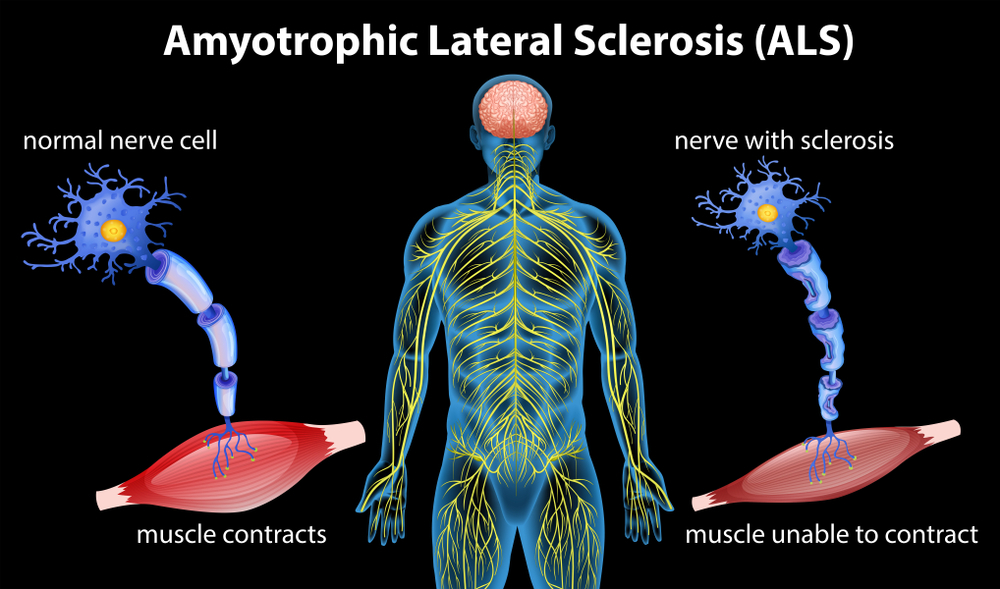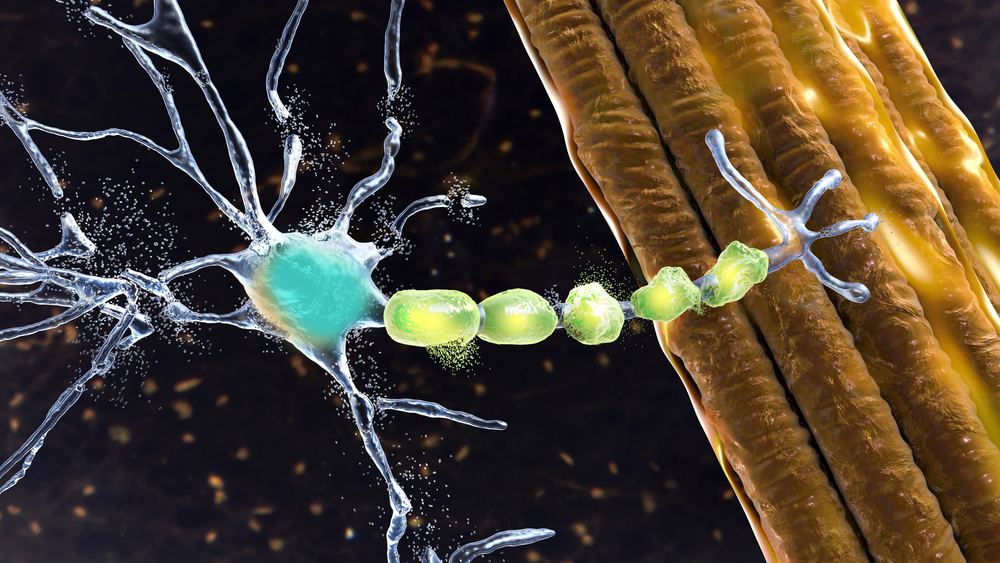What is ALS? What are the stages and causes of ALS?
ALS is a degenerative disease that affects the brain and spinal cord. ALS stands for amyotrophic lateral sclerosis. World ALS Day is celebrated on June 21 every year to raise awareness about the disease, which has not yet been cured. In this article, you can find what you might wonder about the disease and what you need to know.
What is ALS Disease?
“What is ALS?” It is one of the most frequently asked questions about the disease. ALS, also called amyotrophic lateral sclerosis, is a neurological condition that affects nerves which control voluntary muscle movements such as chewing, walking, and speaking. The symptoms of ALS, which is a progressive disease, also worsen over time. No effective treatment has yet been found to stop the progression of the symptoms of the disease.
ALS is in the group of diseases known as motor neuron disorders, this group of disorders are caused by the gradual deterioration and death of motor neurons. As motor neurons deteriorate, they lose their function and muscles weaken. At the end of this process, the control of voluntary movements by the brain is diminished.
Symptoms of ALS in the early stages are usually muscle weakness or stiffness. All voluntary muscles are affected gradually. As a result, the patient loses their muscle strength leading to loss of ability to eat, communicate by speaking, breathe and move. Most people with ALS die from respiratory failure within 3 to 5 years after first presentation of symptoms. 10% of patients survive for 10 years or more.
Who Gets ALS?
Non contagious amyotrophic lateral sclerosis; is a disease reported worldwide. Males have a higher incidence of ALS compared to females. This disease begins on average at the age of 55, but can also occur at younger ages.

What Are the Symptoms of ALS?
“What are the symptoms of ALS?” It is another one of the frequently asked questions. This disease may not show symptoms at first, but its symptoms appear gradually. Early-stage ALS symptoms include:
- Difficulty chewing or swallowing
- Muscle cramps
- Weakness in the legs, neck, arms or muscles that control the diaphragm
- Muscle twitches in the leg, arm, shoulder or tongue
- Tight and stiff muscles
- Slurred speech
Amyotrophic lateral sclerosis manifests itself in the hand or arm in the first stage. It creates difficulty in simple tasks such as typing, buttoning a shirt or turning a key lock. In cases where it only affects the leg, problems with walking or running may be experienced. If the first symptoms appear in the arms or legs, it is called limb-onset ALS.
As the disease progresses, the weakness experienced in the muscles spread to other parts of the body. Individuals may experience problems with moving, swallowing, speaking, and breathing.
These patients are generally able to reason, understand and problem solve. Patients who can perform such mental processes are aware of the loss of function they experience, and for this reason, they may become anxious and depressed over time. These patients also experience loss of breathing ability over time and become dependent on a respirator.
What are the Causes of ALS?
“What causes ALS disease?” If you are wondering, you should know that the cause of this disease has not yet been found. Scientists have yet to discover why this disease affects some people and not others at all. However, scientific data show that genetics and environment play an important role in motor neuron degeneration and the development of the disease.

How is ALS Diagnosed?
“How does ALS start?” There is no single test that helps to answer the question and provides a definitive diagnosis. In the diagnosis, the symptoms of amyotrophic lateral sclerosis observed during the physical examination by the doctor are reviewed in detail and evaluated together with the medical history of the person. Neurological examination at regular intervals can help evaluate whether symptoms such as muscle weakness and wasting are worsening gradually. For this, some tests are employed. These tests are:
- Electromyography (EMG)
- Nerve conduction study (NCS)
- Magnetic resonance imaging (MRI)
Urine and blood tests may also be required according to the complaints of the patient and the findings obtained during the tests mentioned above. In addition, a muscle biopsy may be done to determine if the person has a muscle disease other than ALS. For this, a small muscle sample is taken under local anesthesia and analyzed in the lab.
What are the Treatment Options for ALS?
There is no ALS treatment for ALS that will reverse and heal the damage of the motor neurons. However, by making the process as comfortable as possible, it can be made easier for the patient to live with the disease. In this process, a multidisciplinary approach is taken and respiratory therapists, nutritionists, clinical psychologists, nurses and doctors follow the process closely as a team.
Physical therapy can increase an individual's independence and comfort. In addition, stretching exercises can also prevent the shortening of painful muscles.
Nutritionist is also part of the treatment process. The nutritionist makes sure the patient consumes sufficient amount of calories and water and is also fed with sufficient amount of fiber.
As the muscles responsible for breathing weaken, the patient may experience shortness of breath during physical activity. For this reason, personalized respiratory therapy is provided.

Classification of ALS
ALS is classified as familial and non-hereditary. There is no family history in 90-95% of amyotrophic lateral sclerosis cases. ALS disease is broadly classified as:
- Familial ALS
- Classical ALS
- Primary Lateral Sclerosis
- Progressive Bulbar Paralysis (PBP)
- Progressive Muscular Atrophy (PMA)
What Are the Risk Factors for ALS Disease?
The main risk factors for ALS can be listed as heredity, age, gender and genetics. Environmental risk factors include smoking, exposure to environmental toxins, and occupational status.
Advanced Stage of ALS Disease
The course of the disease is different for each patient. The experienced weakness spreads from the part where it started to other parts of the body. At the last stage of ALS disease, the patient becomes unable to execute their routine work and self-care. Amyotrophic lateral sclerosis is a disease that does not have a cure. Therefore, the process should be planned to ensure the comfort of the patient as much as possible.














